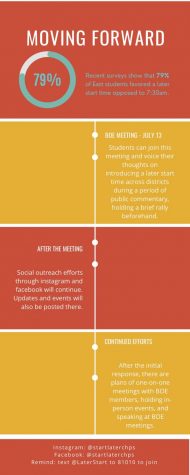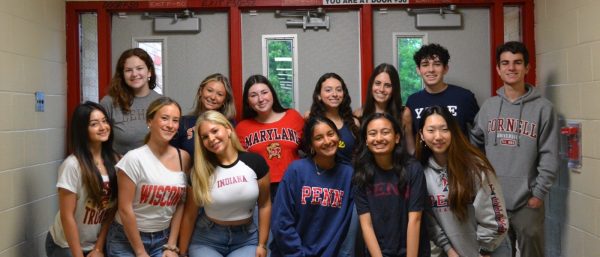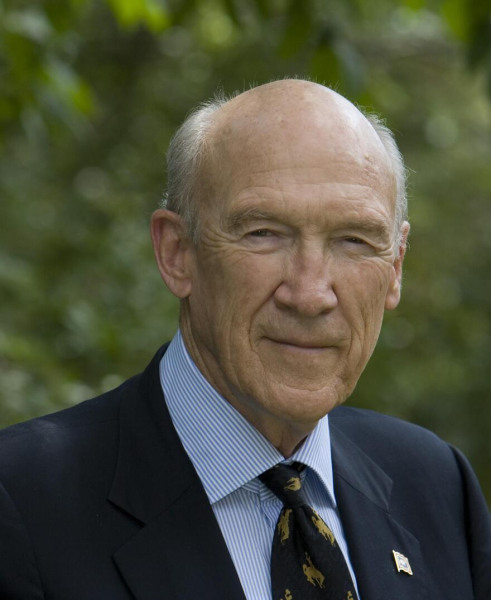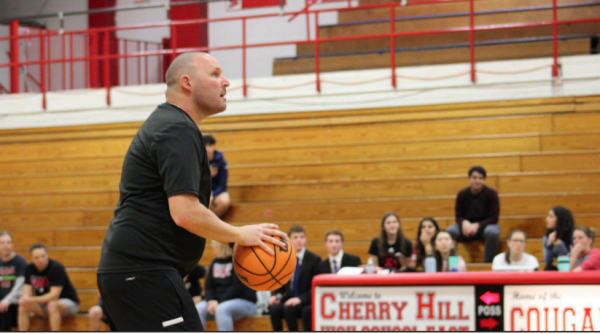Want more sleep? Students for Later Start Times is in action
Imagine this: you, a student, crawl into bed, exhausted after hours of strenuous class and a mind-numbing combination of extracurriculars and homework. In what feels like the blink of an eye, you hear the sharp pierce of an alarm, which cuts into your precious sleep, not nearly the amount you are recommended to get as a teenager.
Pretend you can drive. You are currently pulling out of your driveway. That thick fog of sleep continues to linger.
Oh no! You just narrowly missed hitting your curb as you pull out of your driveway – but this doesn’t register as you are just going through the motions while your brain is in sleep mode. Now you are at school, and it is 7:30am. Sleep, sleep, sleep, is the mantra you chant while classes continue.
This is an almost universal experience for students, and a new organization is seeking to change that. Students for Later Start Times, an organization started by Gina Liu (‘23) and Aiden Rood (‘23) aims to establish later school start times at not only East, but in the middle school and high school levels in the Cherry Hill Public Schools district. While this may seem like a hefty undertaking, the organization is striving to promote the movement through social media outreach and corresponding with the Board of Education, which ultimately makes the decision.
For decades, there have been countless studies that have examined the effects of school start times on students. This research has shown links to improved mental and physical health, reduced teen car crash rates, and improved academic performance when later start times were implemented. A 2014 study published in the Journal of Clinical Sleep Medicine showed a drop in 16.5% of teen car crashes once a later school start time was put in place.
Before starting the organization, Liu, the school vice president, had already heard a large array of voices in the student body advocating for a later start time. An end-of-year survey released by the Student Voice Committee at East had already tested the waters. Out of the 213 survey takers, there was an overwhelming majority (79%) favoring a later start time to replace the 7:30 start time at East.
Liu believed this goal of pushing for later start times wasn’t nearly as impossible as others may have perceived. She reasoned that if the Board of Education could make the decision to enact a district-wide shutdown in two weeks during the pandemic, they could also support later start times and accommodate for scheduling problems that might arise.
“The question is, who was going to push for that change,” she explained.
The overwhelming amount of evidence pointing in favor of a later start time also propelled Rood’s desire to start this organization, as he believed the arguments were much too important to continue risking the safety and health of students.
According to the CDC, teens aged 13-18 should regularly sleep 8-10 hours. This number may not seem feasible for much of the student body.
“It has been normalized to not sleep nearly enough [for teens],” said Rood.
Looking at other school districts in New Jersey which have implemented later start times, including City of Burlington Public Schools and Tenafly Public Schools, they follow a schedule with brief increments of time between middle school and high school schedules to deal with busing. In addition, some schools opted to have club meetings during the morning, lunch, or virtually in addition to after-school activities remaining.
“We aren’t tied to one specific proposal,” elaborated Rood, who explained that there are various ways the Board of Education could go about budgeting the schedule.
The organization is divided into a core representative group currently composed of 10 students and other high school representatives. Both East and West members have joined the effort to address school-specific and grade-level specific concerns in the district.
With a multi-faceted agenda, this organization has just gotten started. On July 13, there will be a Board of Education meeting with two public comment periods with the organization holding a brief rally beforehand. Students can comment during the second period and advocate for later start times.
Now imagine this: it is another mind-numbing day and you are getting ready to crawl into bed. This time, your body naturally wakes itself up according to its circadian rhythm with those extra minutes of sleep. That thick fog of drowsiness quickly dissolves.
This time, you don’t hit the curb on your way to school. You are alert and focused in class. Your school start time is replaced with a later time instead of its 7:30 one.
Without a doubt, when it comes to saving teens’ lives and improving mental and physical health across the charts, Liu and Rood believe there is a moral duty to act, and Students for Later Start Times is striving to meet this goal.


Whether Alena is chasing a story or talking to a friend, she asks thought-provoking queries in hopes of sparking meaningful conversations. She finds joy...










